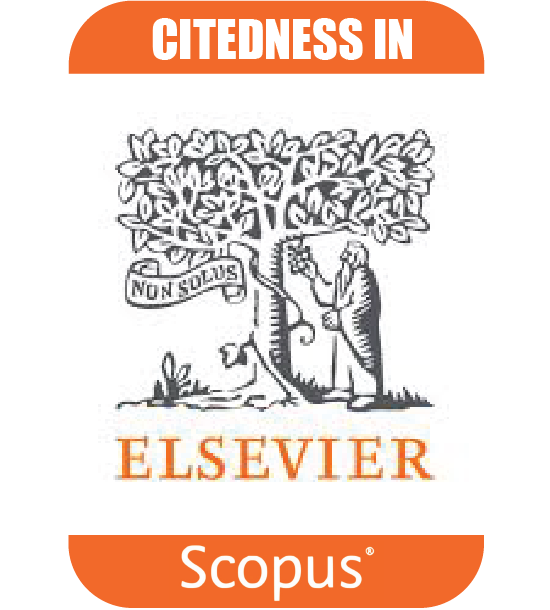Interpretasi Ragam Hias Naga pada Candi Naga Panataran: Sebuah Kajian Semiotik Peirce
DOI:
https://doi.org/10.55981/amt.2024.3119Keywords:
Naga Temple, Serpent Decorative Patterns, Semiotics, Connecting Structure, Bangunan Penghubung, Candi Naga, Ragam Hias Naga, SemiotikAbstract
Abstract. Interpretation of Serpent Decorative Patterns in the Panataran Naga Temple: A Peircean Semiotic Study. Decorative patterns are an integral component of temple architecture. Their presence is to depict the identity and significance of a temple. Among the various decorative patterns, mythological creatures such as serpents are typical features used in temple architecture. This is evident in the Naga Temple located in the Panataran Temple Complex. This research examines the decorative patterns found in the Naga Temple, along with their meanings, which can be linked to the function of the Naga Temple. This effort was undertaken by interpreting the meaning of the decorative patterns at Naga Temple using Peirce’s Semiotic theory, referencing the story of Samudramanthana from the Adiparwa Book. It is important to note that the presence of serpent motifs at Naga Temple does not entirely depict the Samudramanthana story. This argument is supported by the absence of the depiction of Asuras, which are integral to the Samudramanthana narrative. However, the presence of a serpent figure in the decorative patterns of the Naga Temple symbolises the mythology surrounding serpent creatures. This is related to the serpent being a sacred intermediary creature between the upper and lower worlds. The interpretation of the serpent decorative patterns then influences the function of the Naga Temple. Through the presence of signs in the form of serpent decorative patterns, the Naga Temple can be interpreted as a “connecting place” that bridges profane and sacred activities in the worship rites within the Panataran Temple Complex.
Keywords: Naga Temple, Serpent Decorative Patterns, Semiotics, Connecting Structure
Abstrak. Ragam hias merupakan salah satu komponen dalam arsitektur candi. Keberadaan ragam hias menjadi sebuah penyerta yang dapat menggambarkan identitas dan pemaknaan sebuah candi. Diantara variasi ragam hias, makhluk mitologi berupa naga menjadi ragam hias khas yang digunakan dalam arsitektur candi. Hal ini tampak pada Candi Naga yang berada di Kompleks Percandian Panataran. Penelitian ini menelisik bagaimana variasi ragam hias yang ada di Candi Naga, beserta pemaknaannya yang dapat dikaitkan dengan fungsi Candi Naga. Upaya tersebut dilakukan dengan menginterpretasi makna ragam hias di Candi Naga menggunakan teori Semiotik Peirce dengan mengacu cerita Samudramanthana yang terdapat pada Kitab Adiparwa. Keberadaan ragam hias Naga pada Candi Naga tidak sepenuhnya merupakan penggambaran atas cerita Samudramanthana. Argumen tersebut didukung fakta bahwa tidak adanya penggambaran Asura yang menjadi pelengkap cerita Samudramanthana. Ikon naga sendiri dalam ragam hias di Candi Naga merupakan tanda dari adanya mitologi mengenai makhluk naga. Hal ini berkaitan dengan hewan naga yang menjadi makhluk perantara dunia atas dan bawah yang disucikan oleh masyarakat. Adanya interpretasi ragam hias naga tersebut kemudian mempengaruhi fungsi Candi Naga. Oleh sebab itu, Candi Naga dapat dimaknai sebagai “tempat penghubung” yang menghubungkan aktivitas profan dan sakral dalam ritus peribadatan di Kompleks Percandian Panataran.
Kata Kunci: Bangunan Penghubung, Candi Naga, Ragam Hias Naga, Semiotik
Downloads
Published
How to Cite
Issue
Section
License
Copyright (c) 2024 Kyra Andhayu Noer, Dwi Pradnyawan

This work is licensed under a Creative Commons Attribution-ShareAlike 4.0 International License.








